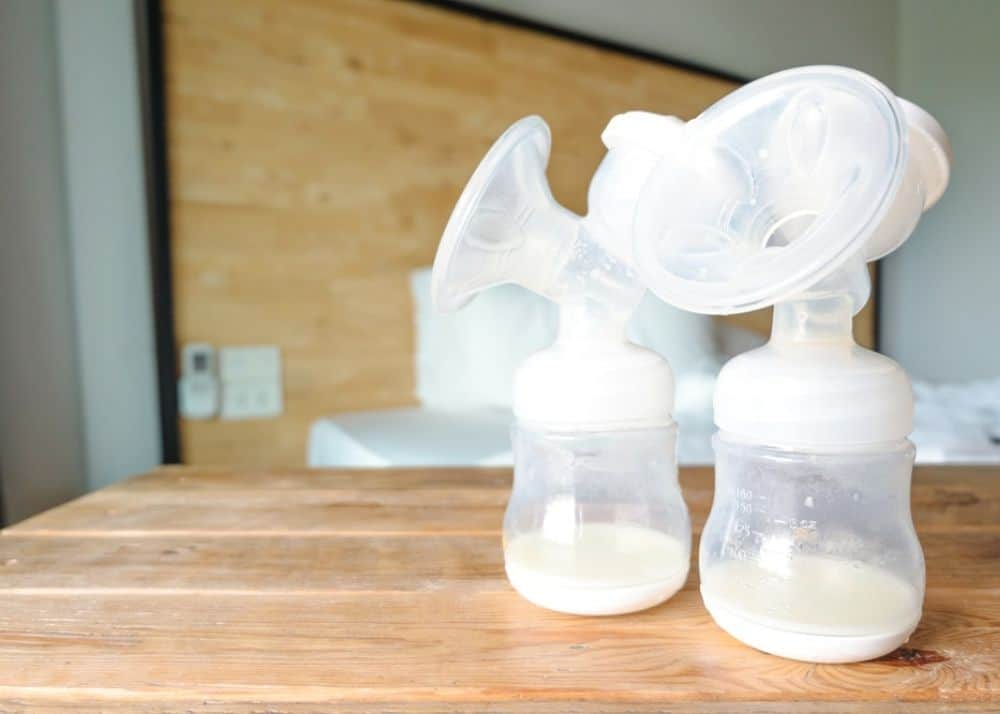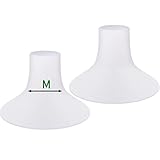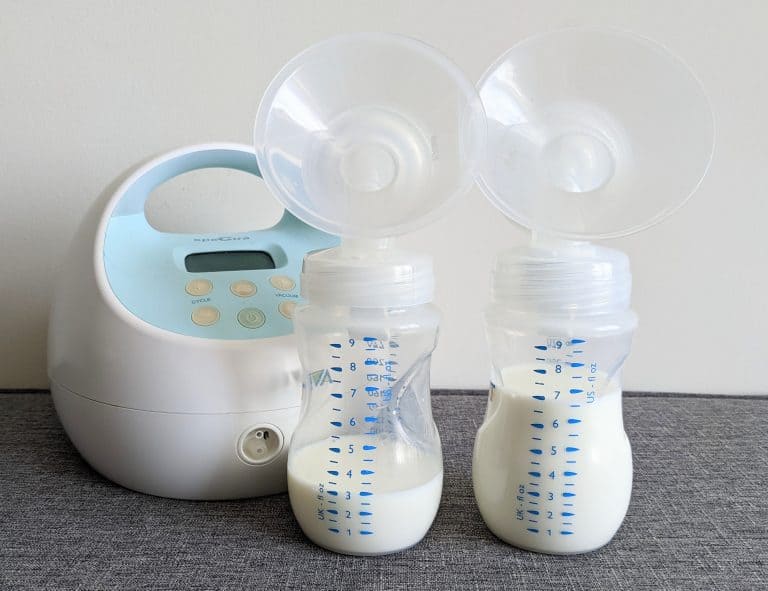Elastic Nipples: What They Are, Why They Hurt, and How to Fix Them
If you’re a pumping mom who’s frustrated by low milk output or wincing in pain every time you turn on your pump, you might be wondering if something’s wrong with your setup — or your body.
I’ve been there. One day, I looked down during a session and realized my nipple was practically vacuumed into the back of the flange. It didn’t feel right — and it wasn’t.
That’s when I first heard the term elastic nipples. It sounded odd, but the more I learned, the more it made sense — and explained so much of the pain and supply struggles I’d been facing.
If you’ve ever asked yourself, “Is my pump causing this pain?” or “Why isn’t my milk flowing like it used to?”, you’re in the right place.
In this post, I’ll walk you through exactly what elastic nipples are, how to tell if you have them, and — most importantly — what you can do to make pumping more comfortable and effective.
Let’s make sure your pump works with your body, not against it.
This post contains affiliate links, which means I receive a small commission, at no extra cost to you, if you make a purchase using this link. Please see my disclosure for more details.
Information presented in this blog post is intended for informational and entertainment purposes only. The views expressed here are the personal opinions of the author only and should be interpreted as such. It is not intended to be a replacement or substitute for professional medical advice.
What are Elastic Nipples
Let’s start with this: It’s normal for your nipples to stretch while pumping. In fact, they’re supposed to.
But for some moms, they stretch a lot more than expected — sometimes all the way to the end of the flange, or even hitting the backflow protector. That’s what people mean when they talk about elastic nipples.
It’s not bad or wrong. It just means your nipples are extra stretchy. For some moms, that doesn’t cause problems. But for others, it can lead to pain, clogged ducts, and low milk output.
Think of it like this: your pump is designed for “average” nipples. If yours don’t fit that mold, the suction might not work as well — and your body might not respond the way it should.
In the next section, I’ll explain how to tell if this is what’s going on for you — and what it could mean for your milk supply. In fact, the nipple should extend about halfway down the tunnel of the flange or slightly past that.

What Happens If You Have Elastic Nipples?
Just having stretchy nipples doesn’t mean something is wrong. But elastic nipples can cause problems — especially if you notice pain while pumping or your milk supply is dropping.
Normally, your nipple should move freely in the flange tunnel without too much areola being pulled in. But if you have elastic nipples, more of your areola gets sucked in than it should. This can:
- Press on your milk ducts
- Cause redness or soreness
- Make pumping painful
- Lower your milk output
When your ducts are compressed, they don’t empty fully. That tells your body it doesn’t need to make as much milk — and over time, you may produce less and less.
Elastic nipples can also lead to clogged ducts, which can turn into mastitis if not treated. (That’s a painful breast infection that no one wants to deal with.)
If pumping is painful and your output seems low — and your nipples are stretching way into the flange — elastic nipples might be the reason.
Don’t worry — I’ll walk you through how to check for it next, and what to do if it sounds like you.
Please note: While clogged ducts and mastitis can be caused by elastic nipples, they are beyond the scope of this article. If you have any concerns related to clogged ducts or mastitis, please contact your doctor or lactation consultant.
How Can I Tell If I Have Elastic Nipples?
If pumping hurts or your milk supply seems low, you might be wondering if elastic nipples are to blame. The good news? You don’t need to guess — there are a few clear signs to look for.
Here’s what to watch for:
- Your nipple stretches deep into the flange tunnel — sometimes all the way to the end
- The areola (the darker skin around the nipple) gets pulled in along with the nipple
- You feel rubbing or friction inside the flange
- You notice redness, soreness, or pinching after pumping
- Your milk output feels low even though you’re pumping regularly
If any of that sounds familiar, you might have elastic nipples. You don’t need to figure this out alone. A lactation consultant can help confirm it and recommend what to do next.
In the next section, I’ll share a few simple things that can make a big difference — from better flange sizing to small tweaks in your pumping routine.
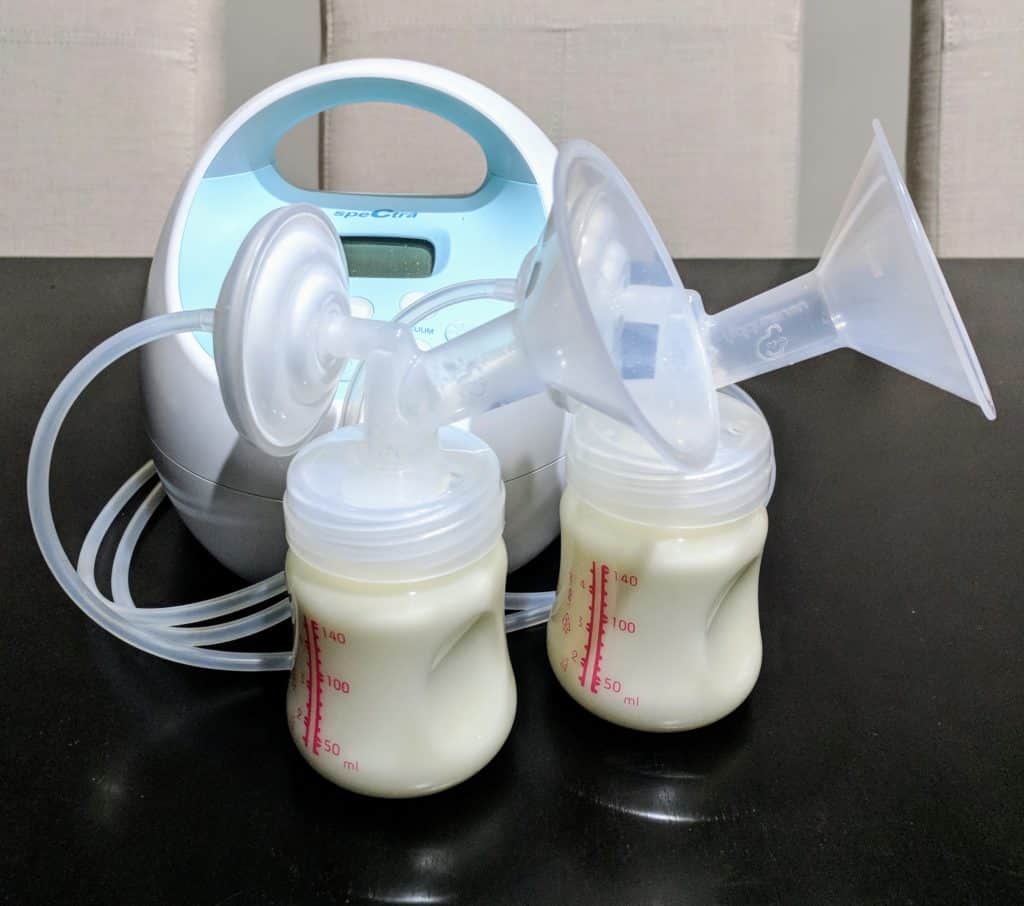
Solutions for Elastic Nipples
If you (or your lactation consultant) suspect you have elastic nipples, take a deep breath — you’re not stuck with painful, frustrating pump sessions.
There are a few simple changes that can help reduce discomfort, protect your milk supply, and make pumping feel less like a struggle.
Here’s what can help:
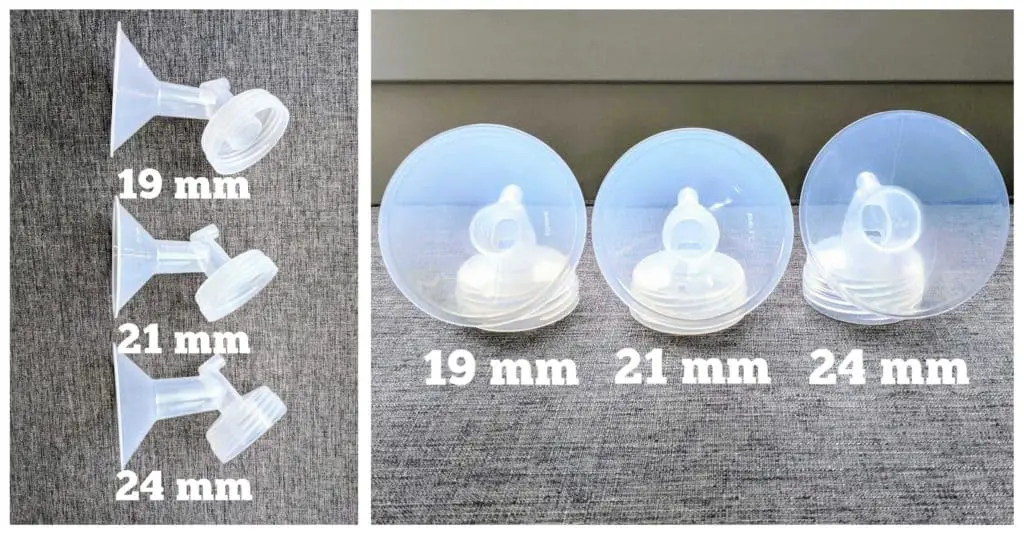
1. Double-Check Your Flange Size
This is one of the most important steps. A flange that’s too big or too small can make elastic nipples worse.
How to check your size:
- Measure just the diameter of your nipple (not the areola) in millimeters
- Add 3–4 mm to get your proper flange size
- Measure both sides — they might not be the same!
Still unsure? Many moms find they need different sizes for each breast, and that’s totally normal.
2. Use Lubrication Before Pumping
Adding a little lubrication can help reduce friction and prevent soreness. You can apply it to your nipple, the inside of the flange, or both.
Safe options include:
- Breast milk – it’s natural, healing, and already right there
- Coconut oil – great for the skin and safe for baby (look for unrefined, food-grade oil)
- Lanolin – super moisturizing, but thicker and may clog pump parts (use sparingly)
I personally loved using coconut oil for lubrication while pumping, and also cracked nipples! Consider a spray option for pumping on the go!
Tip: If you’re using silicone flanges (like Pumpin’ Pals), don’t use lubrication — they work best dry.

3. Lower Your Suction Level
High suction strength doesn’t mean more milk — in fact, it can cause more pain and discomfort as more areola is pulled in.
Turn your vacuum setting down until it feels comfortable. It should never hurt.
Sometimes, less is more — especially with elastic nipples.
4. Try Silicone Flanges
Silicone flanges are softer and more flexible than the hard plastic ones most pumps come with. That means less friction, better comfort, and sometimes better milk flow.
One option many moms love is the Pumpin’ Pals silicone flange set. They even have a quiz to help you find your size. Just note:
- Only the Extra Small and Small sizes have the Elast+Assist Technology™
- Don’t use lubrication with these — they’re designed to work dry
- Compatible with most major pump brands (like Spectra, Medela, and Lansinoh)
5. Use Silicone Inserts or Cushions
If you want to keep using your current flanges, silicone flange inserts might help.
Silicone cushions are popular for elastic nipples. They:
- Add a soft layer inside your flange
- Help keep your nipple centered
- Reduce rubbing and soreness
- Slightly reduce flange size (helpful if you’re between sizes)
They’re especially helpful if you’re not quite fitting into standard sizes (like being between a 21mm and 24mm flange).
- Enhanced Comfort – Includes 2pc clear breast pump cushions (1 pair). If you are experiencing pain or discomfort while breast pumping or are between flange sizes and need a customized fit, Our Breast Pump Cushions are a soft, stretchy, and clear (for easier alignment) accessory for your breast pump flanges.
Again, review these options with a lactation consultant. None of these fixes are one-size-fits-all. What works for one mom might not work for another — and that’s okay.
Start with the simplest change (like lowering suction or using coconut oil), and go from there. And remember: a lactation consultant can help you troubleshoot and personalize your pumping setup.

Frequently Asked Questions About Elastic Nipples
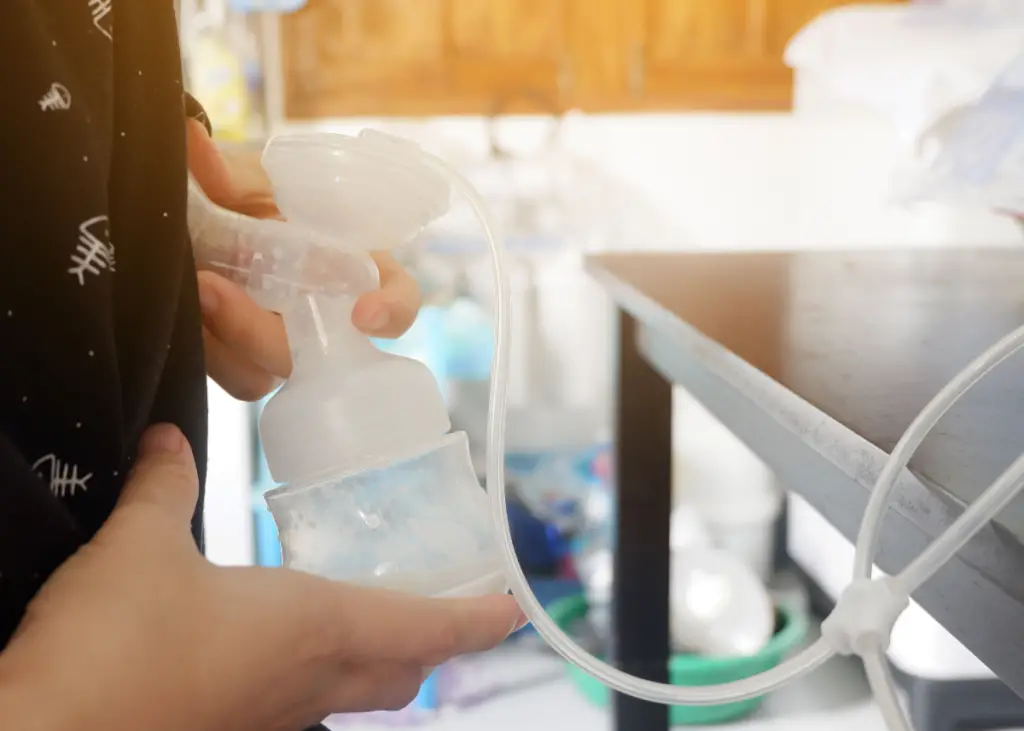
Making Pumping Work For You
If your pumping sessions leave you sore, frustrated, or wondering why your milk output is so low, elastic nipples could be part of the puzzle — and now you know what to look for.
More importantly, you know there are real, doable solutions to help your body pump more comfortably and effectively. Whether it’s switching flange sizes, softening your setup with silicone inserts, or simply turning the suction down, small changes can make a big difference.
You don’t have to “tough it out” or feel like something’s wrong with you. Your body isn’t broken — it just needs the right support.
If you’ve dealt with elastic nipples, I’d love to hear what helped you most. Share your experience in the comments so we can support each other — because no one should have to navigate this alone.
More Articles on Breastfeeding and Pumping
- Spectra S1 versus Spectra S2: What’s the Real Difference?
- How to Use the Spectra S1 and S2: Powerful Settings to Maximize Your Breast Milk Output
- 5 Successful Fixes for Your Slacker Boob to Increase Breast Milk Production
- Why Coconut Oil is an Amazing Remedy for Cracked Nipples While Breastfeeding
- Lipstick Nipple Latch: Do You Have It and How to Fix It


